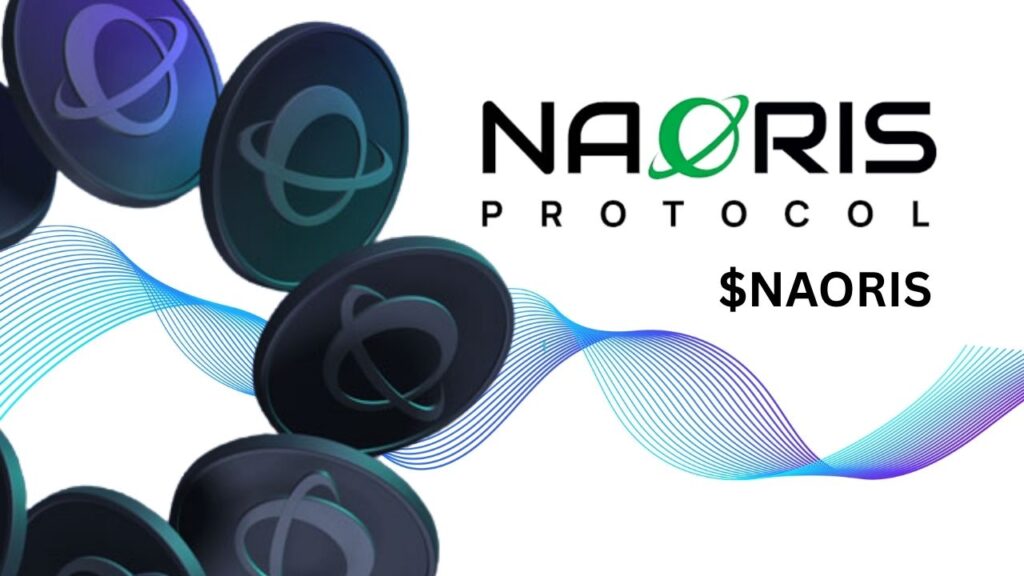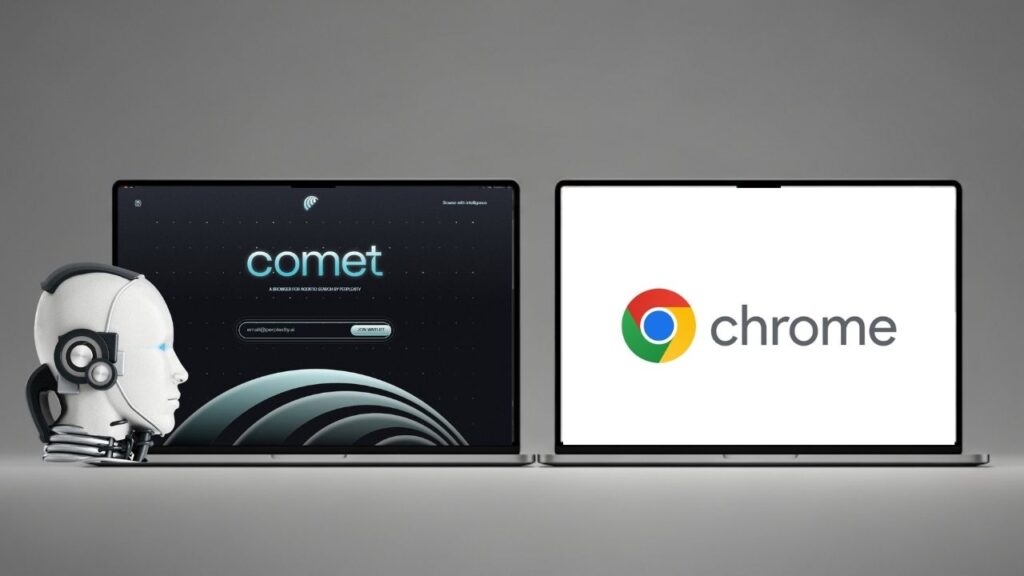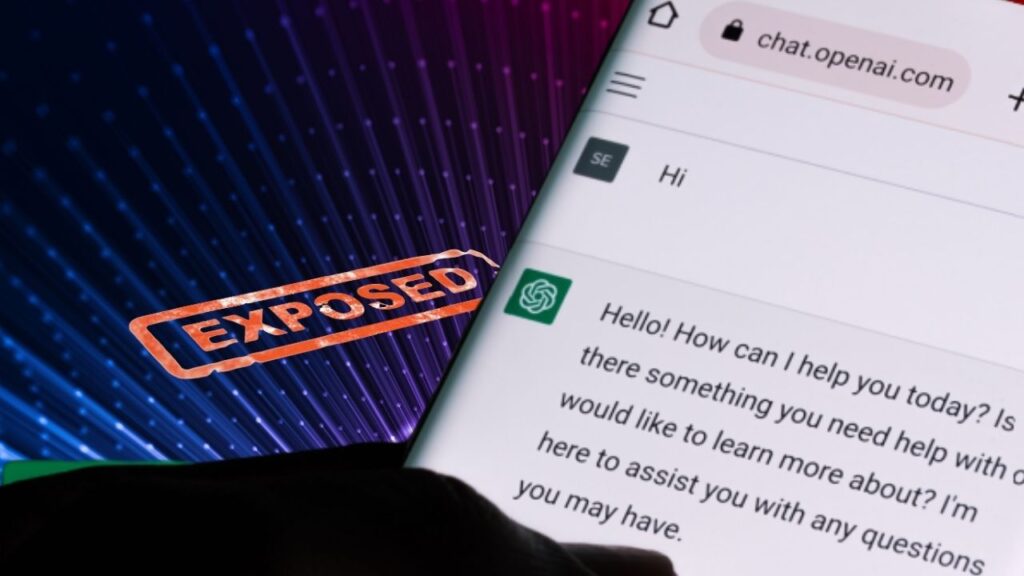Google has recently introduced a state-of-the-art AI age verification system designed to enhance online safety for younger users by estimating their age based on their digital behavior. This new technology serves as a powerful tool to ensure that minors get age-appropriate content and protections across Google’s platforms. This article explains what the system is, why it matters, how it works, and offers practical advice for users, parents, and professionals navigating this evolving digital landscape.
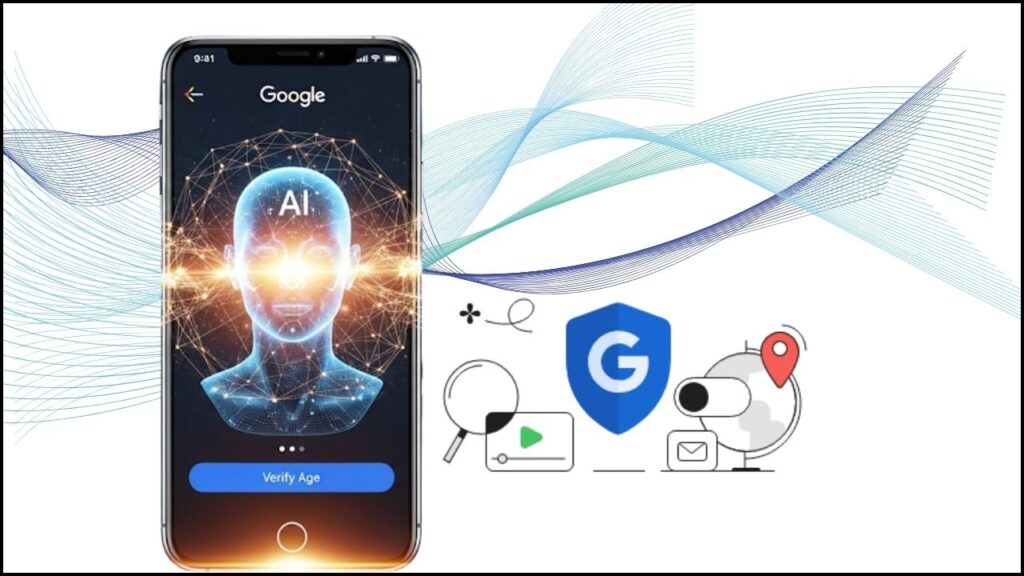
Table of Contents
Google’s New AI Age Verification System
| Feature | Description |
|---|---|
| AI Age Estimation | Uses behavioral signals like search history, video habits, and device activity to estimate age. |
| Under-18 Restrictions | Includes disabling personalized ads, bedtime reminders on YouTube, restricting adult apps. |
| Verification Options | Government ID or selfie upload for users wrongly flagged as underage. |
| Current Rollout | Started August 2025 in the U.S. for a small group with plans to expand. |
Google’s AI-based age verification system marks a milestone in protecting minors online by dynamically estimating age through behavioral analysis. This method helps bridge the gap left by self-reported age systems while respecting privacy and offering fairness through verification options. As this technology expands beyond its U.S. pilot phase, it is poised to become a vital component in the global effort to create safer digital environments for children and teens.
What Is Google’s AI Age Verification System?
Google’s AI system replaces the traditional method of relying only on a user’s self-reported birthdate. Instead, it uses machine learning and behavioral analysis based on a user’s activity — including search queries, YouTube video choices, and account engagement — to estimate if someone is under 18 years old. If the AI flags an account as belonging to a minor, Google automatically applies safety protections and limits access to adult content and services.
This approach addresses the common issue of children and teens entering false ages to bypass restrictions, making digital spaces safer and more appropriately tailored to different age groups.
Why Is AI Age Verification Needed?
The internet provides incredible opportunities for learning and connection, but also poses risks to children and teenagers who may be exposed to inappropriate content or harmful interactions. The challenges prompting Google’s initiative include:
- High rates of age misrepresentation: Studies show many young users falsify their age to access content or platforms meant for adults.
- Regulatory pressure: Laws like COPPA in the U.S., GDPR in Europe, and the UK Online Safety Act demand stricter controls for protecting minors online.
- Evolving online threats: The rise of AI-generated content, deepfakes, and targeted advertising heighten safety concerns.
- Need for privacy-respecting solutions: Google aims to verify age without unnecessarily compromising user privacy.
With AI age checks, Google strengthens child safety with a system that respects user privacy and offers fair mechanisms for correction.
How Does Google’s AI Age Verification Work?
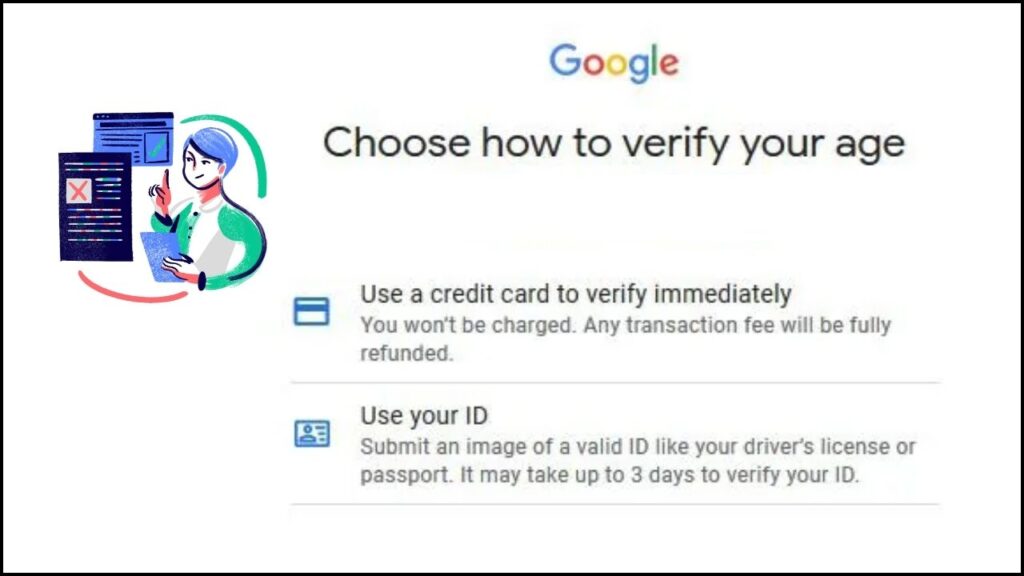
Google’s AI system evaluates various signals to make an age estimate rather than relying solely on the date of birth entered at sign-up. These signals include:
- Search Behavior: Topics and types of queries searched by the user, such as children’s shows or mature subjects.
- YouTube Viewing Habits: Watching patterns, including preferences for children’s content (like cartoons or educational videos) versus adult-targeted videos.
- Account Activity: How long the account has been active, app usage, and interaction styles.
- Device and Contextual Signals: Location and device usage patterns help detect inconsistencies or suspicious behavior.
- Optional Facial Age Estimation: Users flagged as adults may be asked to take a selfie, which is processed locally on the device to estimate age range without facial recognition or storing biometric data.
By combining these data points, Google’s AI continuously improves its ability to accurately estimate age and enforce appropriate restrictions automatically.
What Happens if You’re Flagged as Underage?
When the system identifies a user as under 18, various protective measures take effect:
- Disabling Personalized Ads: Personalized advertising based on user data is turned off to enhance privacy and reduce targeted exposure.
- YouTube Bedtime Reminders: Notifications encourage breaks to avoid prolonged screen time, especially during late hours.
- Restricted Access to Adult Apps on Google Play: Apps intended for older audiences become inaccessible.
- Disabling Google Maps Timeline: Location history features are turned off to protect minors’ privacy.
- Limiting Content Recommendations: Potentially inappropriate or adult-themed content is hidden.
- Disabling Certain Interactive Features: Features such as live chat or comment sections may be restricted on some videos.
How Can You Verify Your Age If Misclassified?
If a user believes their age has been inaccurately estimated, Google offers secure and privacy-focused options to verify identity:
- Uploading a government-issued ID such as a driver’s license or passport.
- Uploading a selfie for facial age estimation processed privately without storing facial data.
- In some cases, confirmation might be possible through credit card or phone number verification.
Google ensures such verification methods balance safety and privacy, with user data handled securely or locally on the device.
Practical Advice for Families and Users
- Be truthful when creating accounts: Providing accurate birthdates reduces interruptions and protects your experience.
- Prepare verification documents: Adults should have valid IDs or credit cards ready in case of misclassification.
- Parents should actively use additional tools: Google Family Link and YouTube Kids work alongside AI protections for comprehensive child safety.
- Educate teens on digital safety: Explaining the purpose behind these measures encourages cooperation and understanding.
- Keep devices updated: Regular updates ensure users benefit from the latest safety improvements.
Potential Challenges and Ethical Considerations
While Google’s AI aims for accuracy, challenges include:
- False positives: Some adults may be incorrectly flagged and need to verify their age.
- Algorithmic bias: Cultural and ethnic differences in digital behavior or facial features can affect AI performance. Google works on ongoing audits to reduce such biases.
- Privacy concerns: Google designed the system to minimize data collection and conduct biometric processing locally.
- Global regulatory differences: Age limits vary worldwide, requiring nuanced implementation.
These challenges highlight the importance of transparency, user control, and continuous improvement in AI safety systems.
Google’s CO₂ Battery Could Revolutionize Green Energy — Here’s How It Works
Google Search in 2025: The Complete Guide to How AI Is Redefining Information Discovery
Google’s Historic Shift: Android and ChromeOS Merge Into One Unified Platform
FAQs About Google’s New AI Age Verification System
Q1: How accurate is Google’s AI age estimation?
The AI uses multiple behavior signals for accuracy, but it is not flawless. Google provides manual verification options to correct errors.
Q2: Will this system compromise my privacy?
Google prioritizes privacy by processing sensitive data locally when possible and minimizing data retention.
Q3: Is the rollout worldwide?
Currently, the system is limited to the United States pilot users. Expansion to other countries is planned after evaluation.
Q4: What protections do parents have?
Parents can use Family Link and other Google parental controls in addition to the AI safeguards.
Q5: Does being flagged delete my data?
No, Google restricts access and content visibility but does not delete existing account data.


